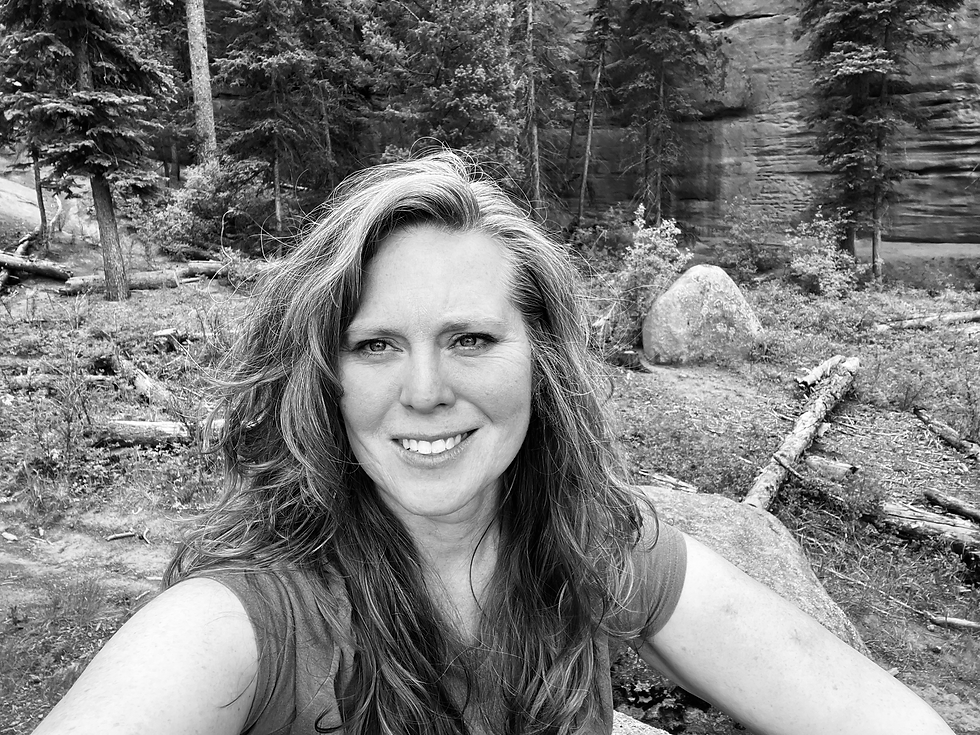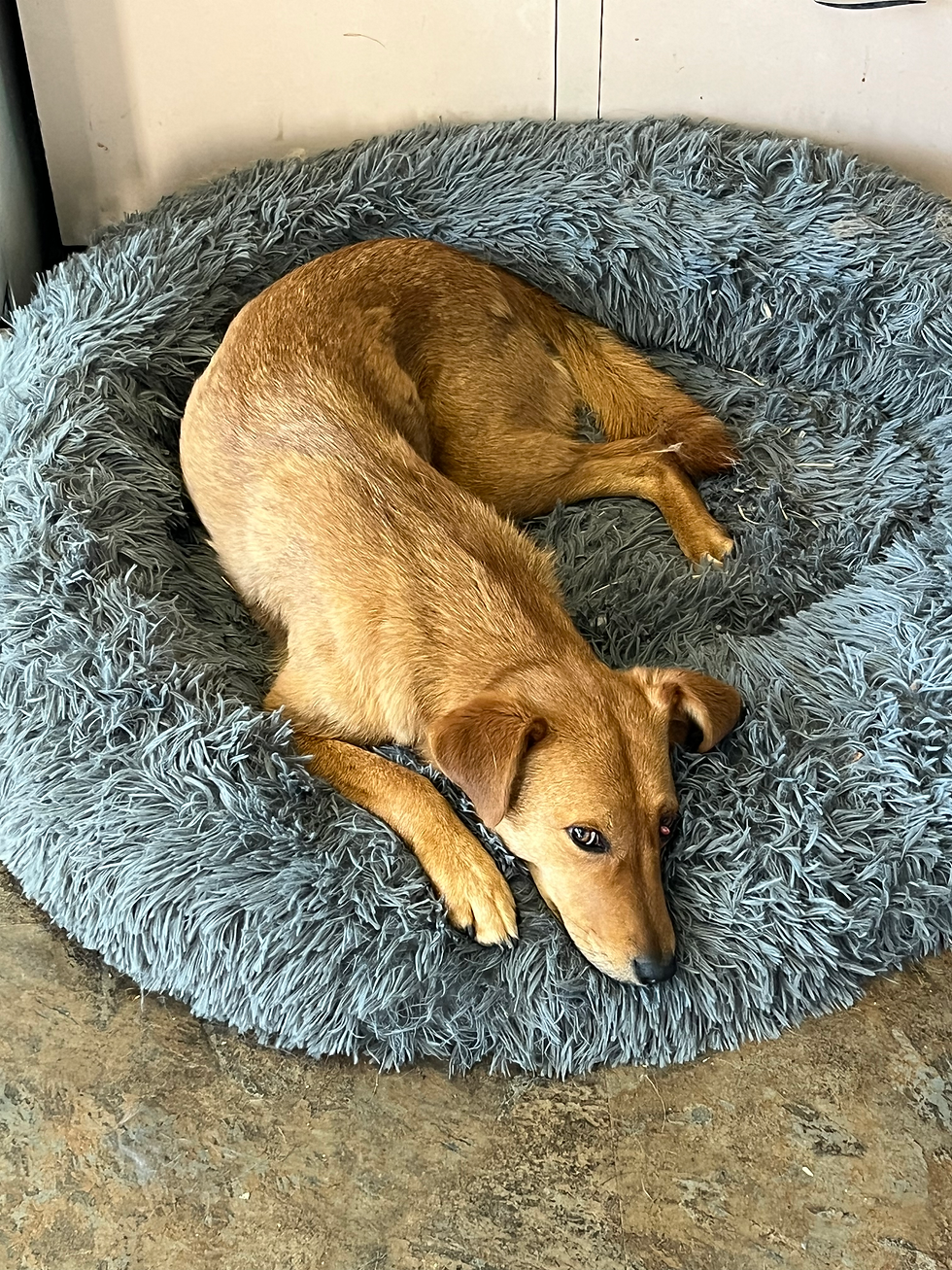How Core Withdrawal Masquerades as ADHD, Digestive Disorders, and Family Patterns
- mrglhic
- May 18
- 3 min read
(A continuation of “What Core Withdrawal Feels Like From the Inside Out”)

When the nervous system collapses inward, the symptoms often scatter outward—digestive problems, anxiety, postural pain, and attention issues. This piece unpacks how core withdrawal hides in families, is misunderstood by systems, and becomes a legacy of silent bracing passed down through the body.
It doesn’t always show up as collapse.
Sometimes core withdrawal shows up as distraction. Or forgetfulness. Or digestive problems. Or a body that’s always trying to “sit up straight” but ends up more and more rounded.
And because the symptoms don’t seem connected, we chase them one by one.We call it ADHD.
We call it anxiety. We call it SIBO or GERD or tinnitus or neuropathy.We go to therapy. We go to the GI doctor. We try core strengthening. We try stimulants. We try supplements.
And all the while, the body keeps tightening.
This pattern runs in families.
Not because of genetics—but because of protection.
I’ve seen it over and over. A child comes in with behavior that looks like impulsivity and inattention—but when I listen closely to their body, it’s clear they’re not “acting out.” They’re stuck in a system that can’t settle.
Their breath never drops. Their eyes dart. Their spine is bracing.They’re performing regulation while quietly running on adrenaline.They aren’t fidgety because they’re bad at sitting still—they’re fidgety because stillness feels like suffocation.
And it didn’t start with them.
For some, it started decades earlier.
Maybe it was your mom, being told she needed to have a stronger core—so she began sucking in her stomach every day of her life. She held tension in her abdomen until her ribs lost their ability to expand, her breath flattened, and her spine began to ache. Her digestive system slowed. Her pelvic floor clenched. She didn’t know she was bracing against something that never got to resolve.
Or maybe it was your dad, sitting at a desk for years. Holding stress in his shoulders. Rounding his back. Losing tone in his legs. Developing tinnitus, then neuropathy, then a sense that his whole body was shutting down.But he kept working. Because that’s what he was taught to do.
And maybe no one ever told you: this is a nervous system pattern. This is a survival strategy that became a lifestyle.
Core withdrawal doesn’t just collapse the body. It fragments the story.
And that’s why people miss it.
We treat each symptom as a separate diagnosis:
The digestive problems go to the GI doctor
The fatigue becomes a hormone panel
The distractibility becomes ADHD
The postural collapse becomes a “weak core”
The anxiety becomes something to manage with the mind
But what if it’s all one system?
What if the real issue isn’t your brain or your diet or your willpower—but a survival pattern that has pulled you inward for so long that your body forgot how to expand?
It’s not your fault you got lost in it.
This world teaches us to override.
To try harder. To monitor everything. To suck it in. To sit up straight. To self-improve.So we keep adjusting ourselves in smaller and smaller ways—until one day, there’s no space left inside.
But there’s another way. And it doesn’t begin with fixing.It begins with softening.With listening.With returning to the parts of you that have been holding on too tightly for too long.
If this feels familiar, you're not alone. You're not broken. And you're not imagining it.Your body remembers what it needed to do to survive.And it's not too late to help it come back.


